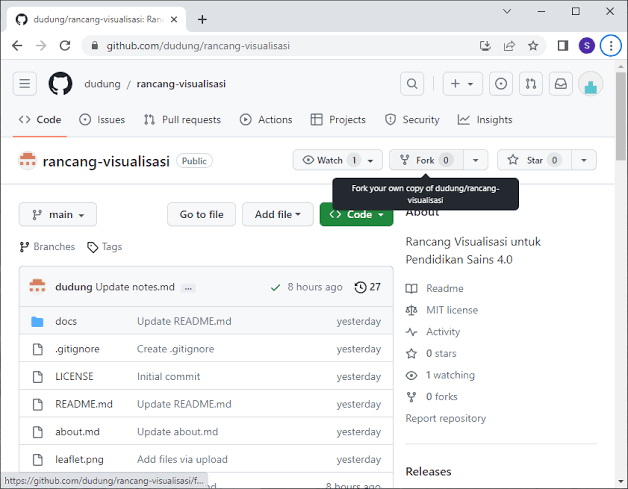Welcome to the dynamic realm of Git, where collaboration is not just a feature; it's the heartbeat of software development. In this blog, we'll embark on a journey through the intricacies of sharing and updating projects, exploring how Git facilitates seamless collaboration among developers.
Sharing Projects: The Git Social Network
Git transforms coding into a social experience, allowing developers to share their work with the world. Whether you're contributing to an open-source project or collaborating with a team, understanding the art of sharing is key.
1. Cloning a Repository: The Grand Entrance
What is Cloning?
Cloning is the process of creating a local copy of a remote repository. It's akin to entering a grand theater to watch a performance—you get your own front-row seat to the code show.
How to Clone:
git clone <repository_url>
2. Forking: The Invitation to Contribute
What is Forking?
Forking is like receiving a personalized invitation to contribute. It creates a copy of someone else's repository under your GitHub account, allowing you to make changes without altering the original.
How to Fork:
- Click the "Fork" button on GitHub.
- Clone your forked repository locally.
3. Pull Requests: The Collaboration Ballet
What is a Pull Request (PR)?
A PR is the elegant ballet of collaboration. It's a proposal to merge changes from one branch (or fork) into another. Think of it as extending an invitation to have your code featured in the main performance.
How to Create a Pull Request:
- Make changes in a new branch.
- Push the branch to your forked repository.
- Create a PR on GitHub.
Updating Projects: The Synchronized Symphony
As projects evolve, keeping your local copy up-to-date is crucial. Git provides tools to synchronize your work with the latest changes from the remote repository.
1. Fetching Changes: The Scouting Mission
What is Fetching?
Fetching is like sending scouts to the remote repository to see what's new without making any changes to your local files.
How to Fetch:
git fetch
2. Pulling Changes: The Grand Reveal
What is Pulling?
Pulling is the grand reveal—bringing the changes from the remote repository to your local copy.
How to Pull:
git pull
3. Resolving Conflicts: The Code Diplomacy
Conflicts arise when your changes clash with those made by others. Resolving conflicts is like diplomatic negotiations to ensure a harmonious merge.
Conclusion: The Git Collaboration Symphony
In the orchestra of software development, Git orchestrates a collaboration symphony. By mastering the art of sharing through cloning, forking, and pull requests, and staying in tune with project updates through fetching and pulling, developers become part of a harmonious collaboration that transcends geographical boundaries.
As you share and update your projects in Git, may your code collaborations be as seamless as a well-practiced performance, creating a masterpiece that resonates in the world of collaborative coding. Happy collaborating!




Top comments (0)